|
Object-Oriented Programming
An Introduction |
|
Prof. David Bernstein |
| Computer Science Department |
|
Object-Oriented Programming
An Introduction |
|
Prof. David Bernstein |
| Computer Science Department |
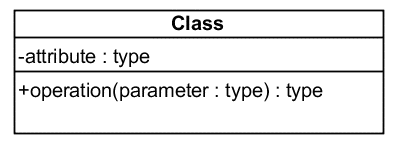


Class A is said to be associated with class B if an object in class A can send a message to an object of class B or if an object in class A can create, receive or return objects of class B.

Class A is said to depend on class B if method in an object of class A is passed an object of class B.

An object of class A is an aggregate of an object of class B if B is a part of A. It is also often called the "has a" relationship though the phrase "has a" is ambiguous (e.g., a car has a color and a car has a radiator mean very different things).

An object of class A is composed of an object of class B if B is a part of A and A controls the life of B (e.g., if A is destroyed then B will be destroyed). Thus a component can be associated with exactly one composite (making the multiplicity implictly 1).

An object of class A "is-an" object of class B if A is/does everything that B is/does and more.

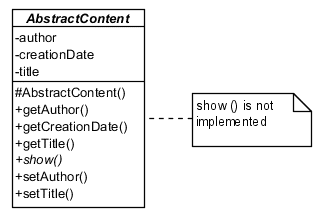
Sortable
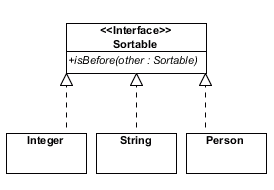
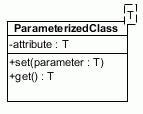
Plant.Leaf and
Hierarchy.Leaf)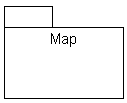
null
try
{
d = StringToDouble(s);
// If we get here things are OK
}
catch (NumberFormatException nfe)
{
// If we get here there was a problem
}